In the online exhibition “When Seattle Shakes” by the architect Mary Waelder there is an impressive map showing every single unreinforced masonry in the city of Seattle.
In some areas, red dots stack on top of red dots, and almost every neighborhood has at least a few.
The map is very reminiscent of the seismic future of historical buildings in our city.
“It’s not if, but really when, right?” said Eugenia Woo, director of heritage conservation at Historic Seattle.
When Seattle Shakes, presented by AIA Seattle (a chapter of the American Institute of Architects) and the Seattle Architecture Foundation, will be online through July 17th. There should be a physical exhibit at Seattle’s Center for Architecture & Design, and due to the pandemic, it should be postponed online. The organizers hope that it will educate the public and serve as a resource for those who wish to help make change, including an “Actions and Opportunities” page.
“Even in the past 20 years,” since the Nisqually earthquake struck West Washington, “seismologists and all the experts – who, this is their lives, study them, and know the potential danger – keep finding new mistakes,” Woo said.
There’s a map of those in When Seattle Shakes, too, and they run across the city in a worrying way that seems to coincide with all of those red dots. That fascinated Waelder, curator and researcher of the exhibition, when she got to know her new city.
“I have been living here for a few years and am living in a seismic area for the first time for a long time,” said Waelder. “Moving here as an architect meant I had to learn a lot about topics that I didn’t really need to know before. I think during this learning process I just wanted to be able to share that information with other people and interact with it more effectively. My field of work is monument preservation, so I could see that the overlap between earthquake prevention and monument preservation is more complicated than you would initially think. “
In fact, it’s such a complex (and expensive) topic that the city of Seattle put off doing something about it for decades.
The last two serious attempts to request upgrades to unreinforced masonry buildings, referred to in the exhibition as URMs, failed. The first new laws passed in the mid-1970s were quickly repealed due to pushback (over costs). Another attempt in the first decade of this century was finally mothballed, and while the committee work continues, there is no real boost in the face of other more pressing (and expensive) issues like homelessness and vaccinations.
There are occasional reminders that bring the looming problem to the fore – like the recent 20th anniversary of the Nisqually 6.8 magnitude earthquake in February 2001 – but these rarely lead to helpful strategies.
“Awareness is better than ignorance, but on the other hand, this kind of scaremongering sometimes leads to the demolition of buildings because it is faster and easier instead of carefully modernizing them,” said Waelder. “And in this exhibition I try to convey that it is worth investing in these aspects of our urban infrastructure and our historical building stock, which the city does not really treat as infrastructure, as is the case with utilities or transport or something else “Assets that we have but still offer public value and deserve this type of investment.”
When Seattle Shakes features two Seattle case studies – the up-and-coming Suzzallo Library on the University of Washington campus and the more functional Washington Hall in the Central District – and looks at similar efforts in San Francisco, Istanbul, and Tokyo. Using graphics that outline the work done, historical photos and easy-to-understand concepts, Waelder outlines the modernizations that had to be carried out to keep the very different buildings viable.
Suzzallo, with its majestic reading room, was one of the most vulnerable buildings on the UW campus – most importantly, its walls weren’t connected to the foundation – before it was retrofitted to add steel braces and other measures to it.
Historic Seattle bought Washington Hall in 2009 and went through a major renovation that included some seismic work to prevent the building’s brick facade from collapsing during a quake. It’s a best-case result for a once important neighborhood building. How many will remain before our next quake? We are long overdue for a monster, say scientists, but there is almost no civic enthusiasm for the effort.
“It shouldn’t be political, but often decisions are made because it’s not popular and because it could cost people money – just a kind of puzzle that we know the mandate is important because we want public safety,” said Woo. “Security is important. At the same time, it is not cheap to modernize buildings and many people cannot afford it. And it could be annoying when a building is occupied by tenants. The city is not offering the owners funding for the rehab. So we’re just kind of stuck. “
Of course, not every old building has a historical value. But all of them are a public safety issue. And there are other reasons to think about preserving and upgrading them, said Waelder. On the one hand, color communities tend to be disproportionately affected. “Retrofitting”, as she writes in the exhibition, “simply does not work if small businesses and marginalized groups cannot afford the work.” She also points out that development, not reuse, is an enormous waste of energy and resources.
Waelder believes there is a way to keep all stakeholders happy, it will just take a lot of thought and work.
“I would just want some thoughtful development that sustains the kind of community connections that happen when you have the structures that have been in a neighborhood for a long time, rather than gentrification eradicating them,” she said. “I think Seattle has a housing problem and needs more housing. I would only wish that this was done in such a way that historical elements are supported or reused instead of being deleted. “
“When Seattle Shakes”
Online exhibition hosted by AIA Seattle and the Seattle Architecture Foundation, available through July 17th on whenseattleshakes.com.
In addition, there will be a curator’s lecture and a panel discussion, online via Zoom, at 6 p.m. April 28, presented by the Seattle Architecture Foundation and AIA Seattle, on the personal, cultural and structural consequences of life in an earthquake zone (more information: seattlearchitecture. org).
Chris Talbott
is a Seattle-based writer and editor.
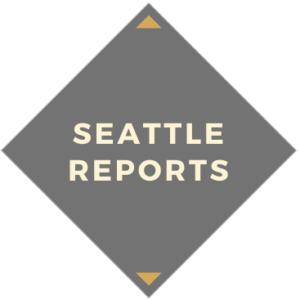

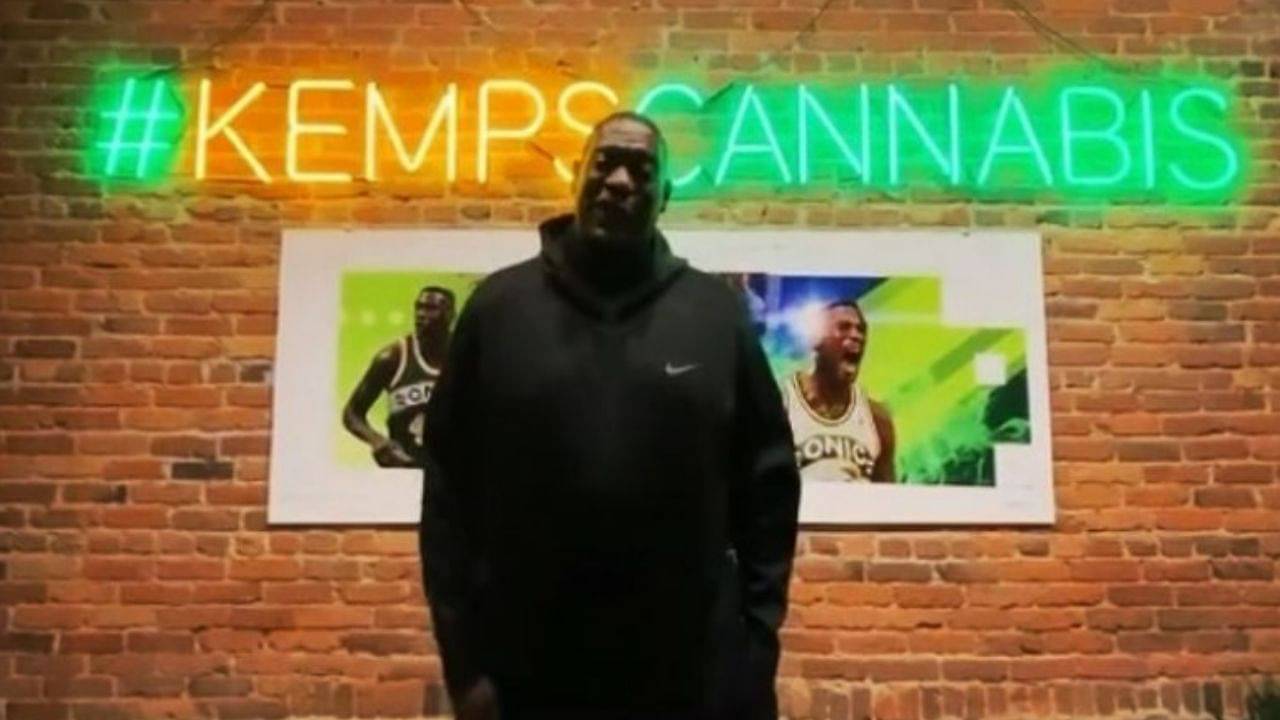




:quality(70)/cloudfront-us-east-1.images.arcpublishing.com/cmg/BPEI2QQ76SHPPOW6X6A6WHEGX4.jpg)
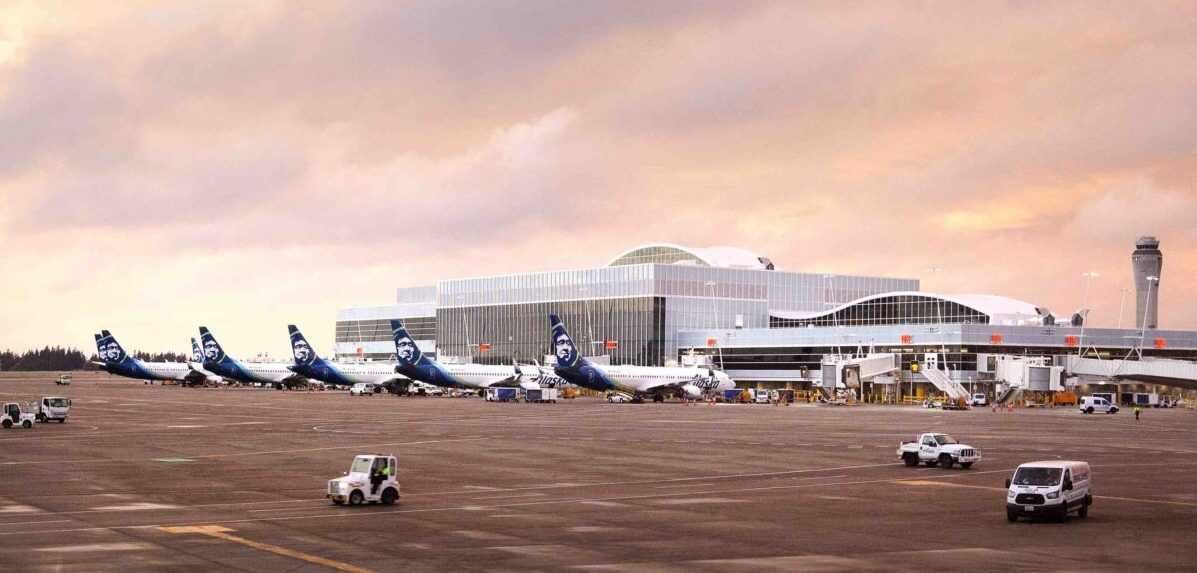

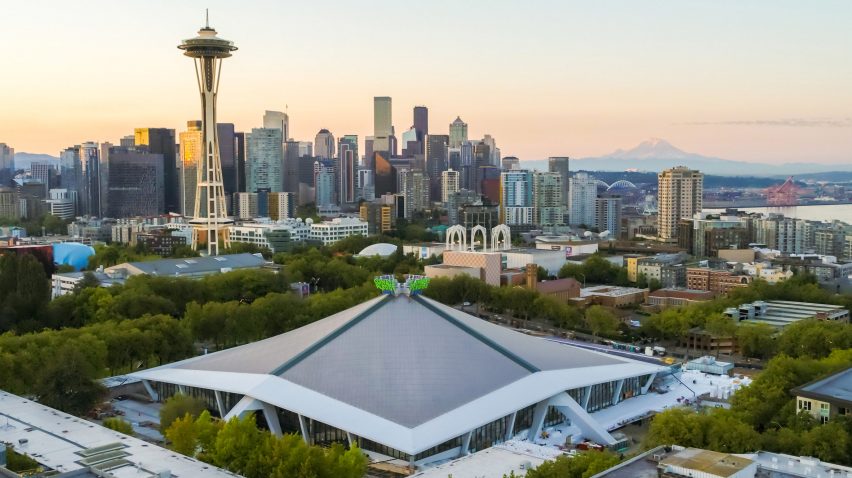

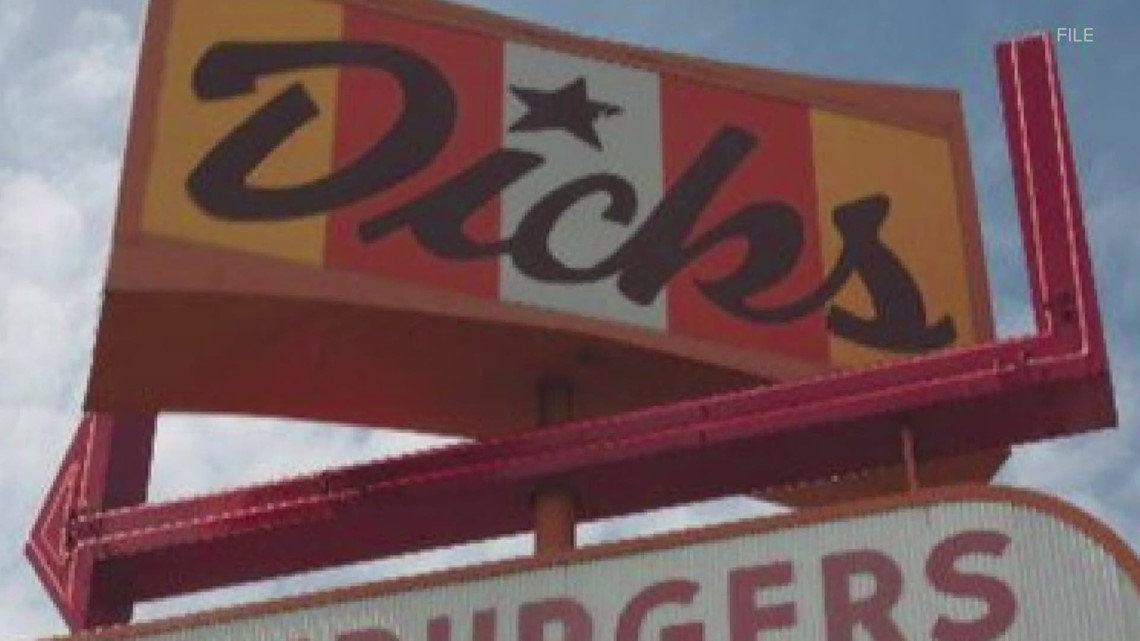

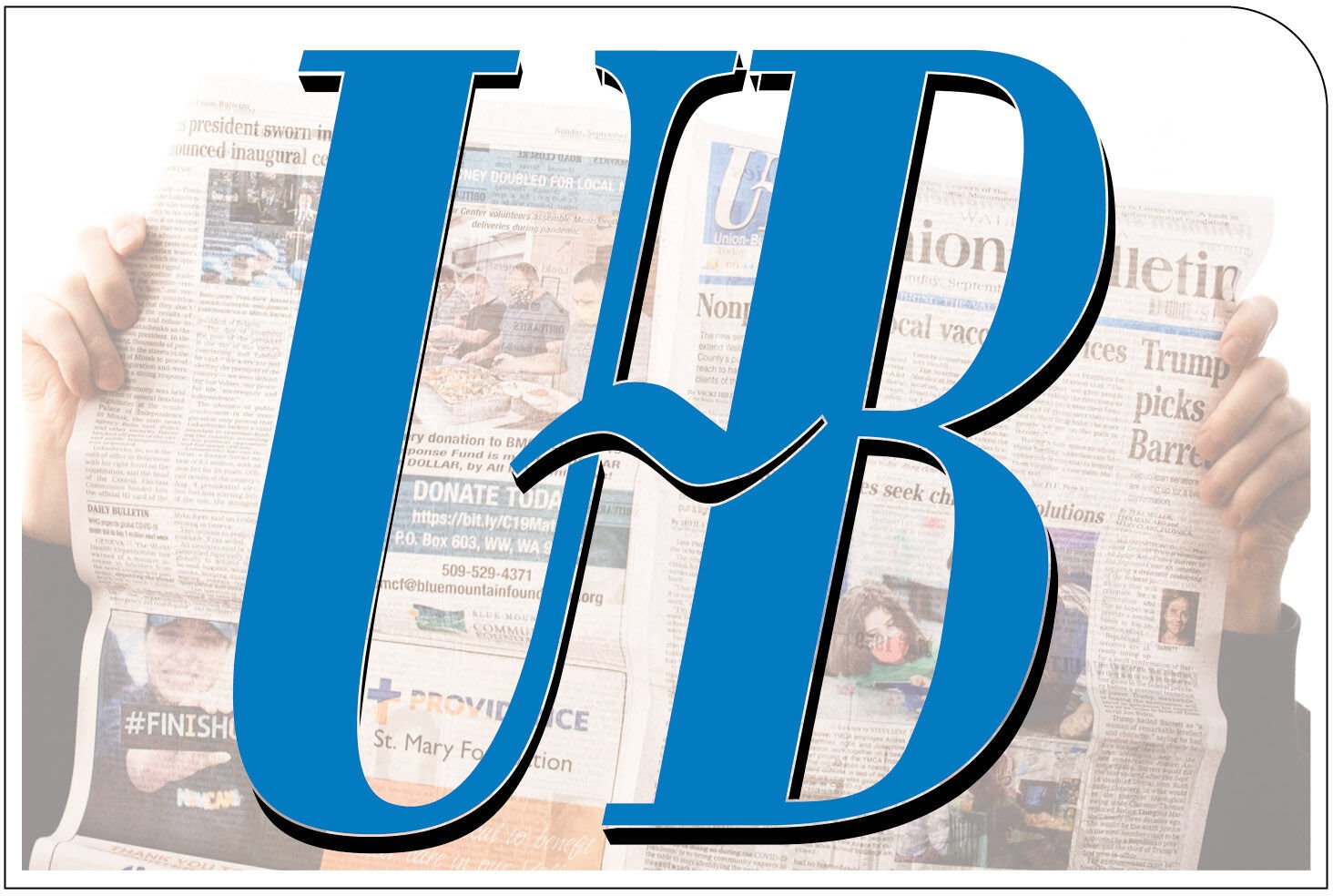

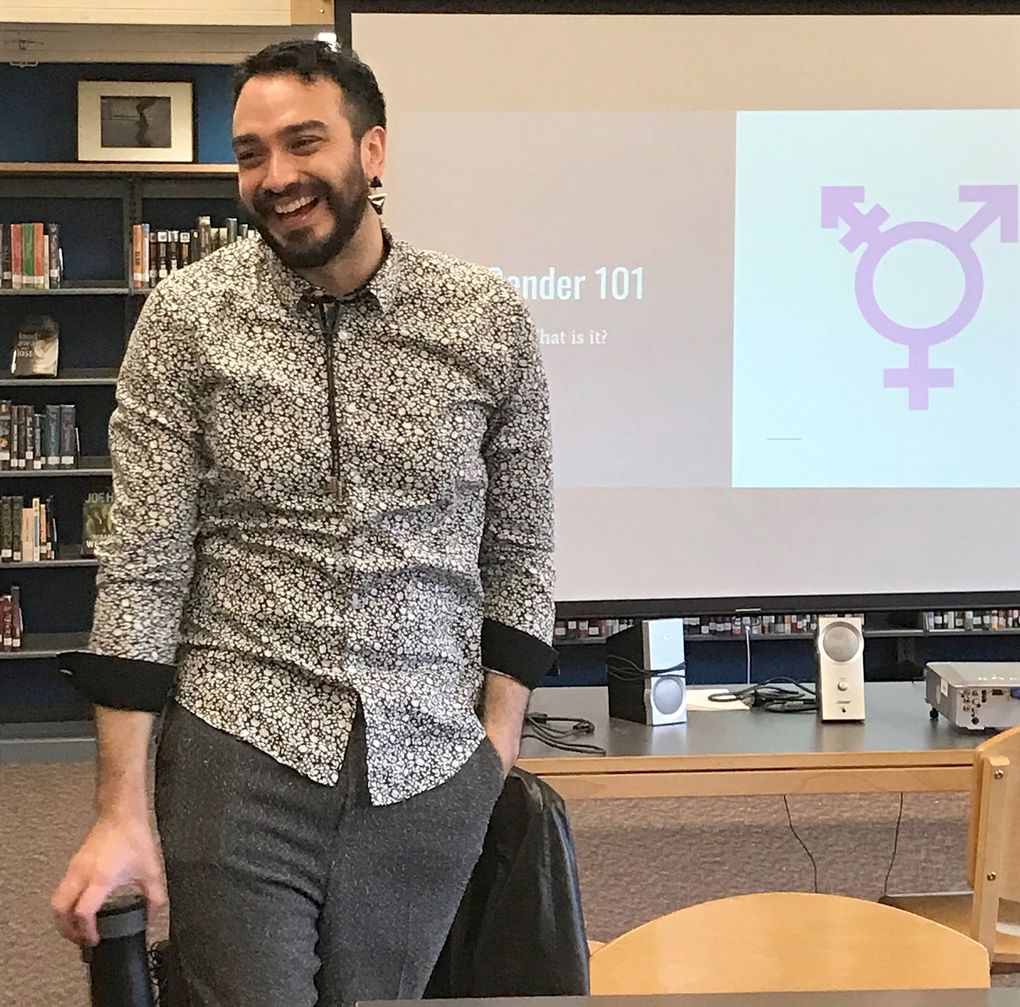




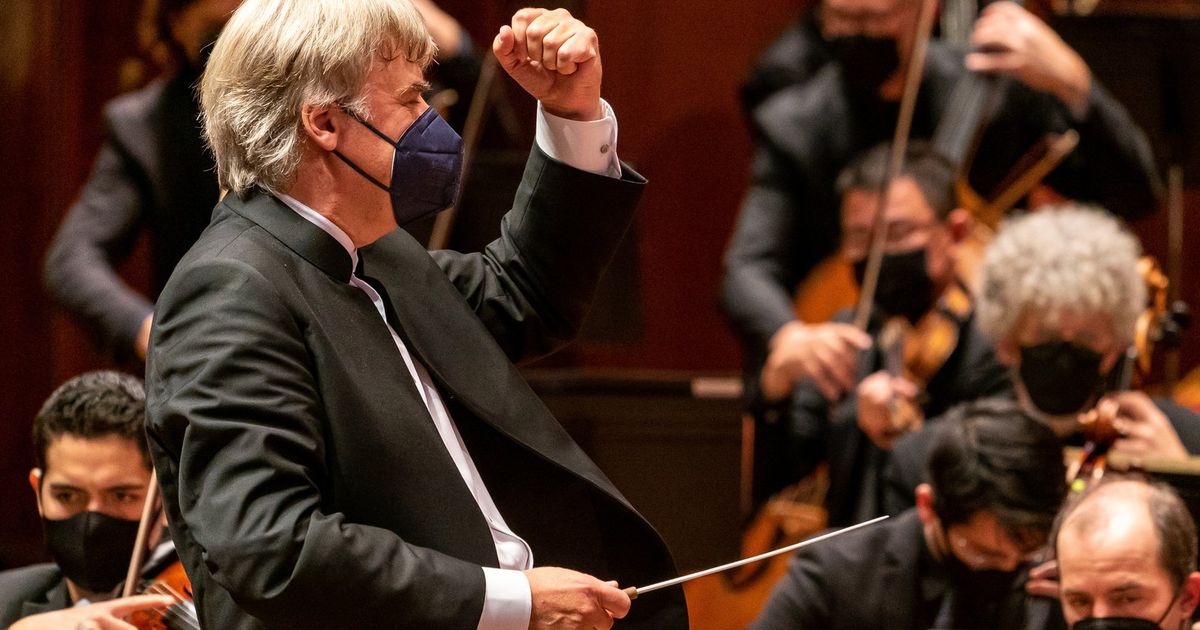
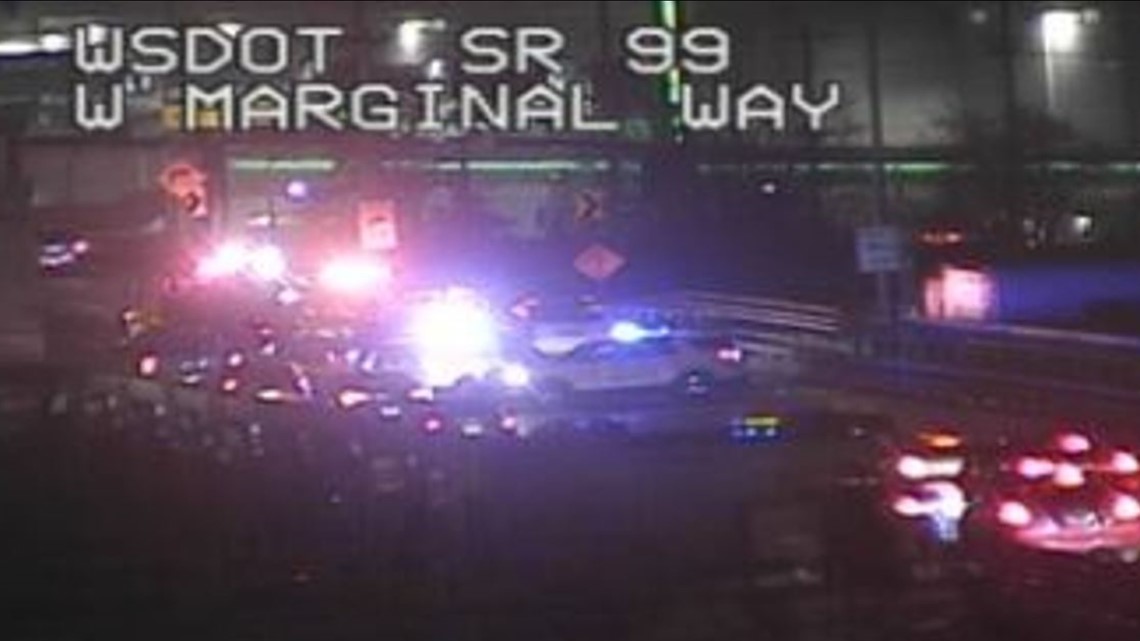

:quality(70)/cloudfront-us-east-1.images.arcpublishing.com/cmg/GLQND2AXQQO2G4O6Q7SICYRJ4A.jpg)


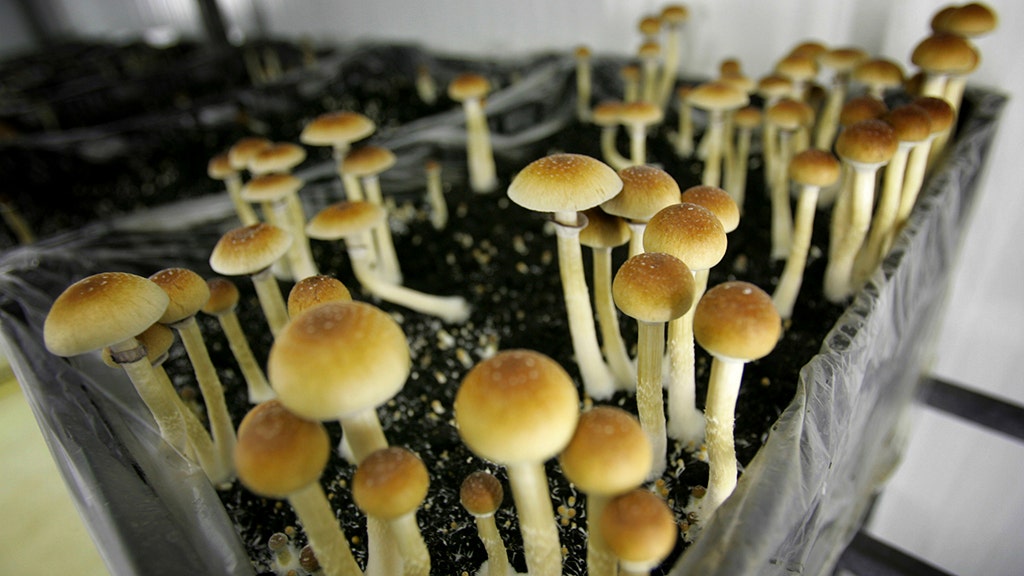
:quality(70)/cloudfront-us-east-1.images.arcpublishing.com/cmg/LLOP2XXT4HQP2YFLJ7ET5WQWIQ.jpg)

